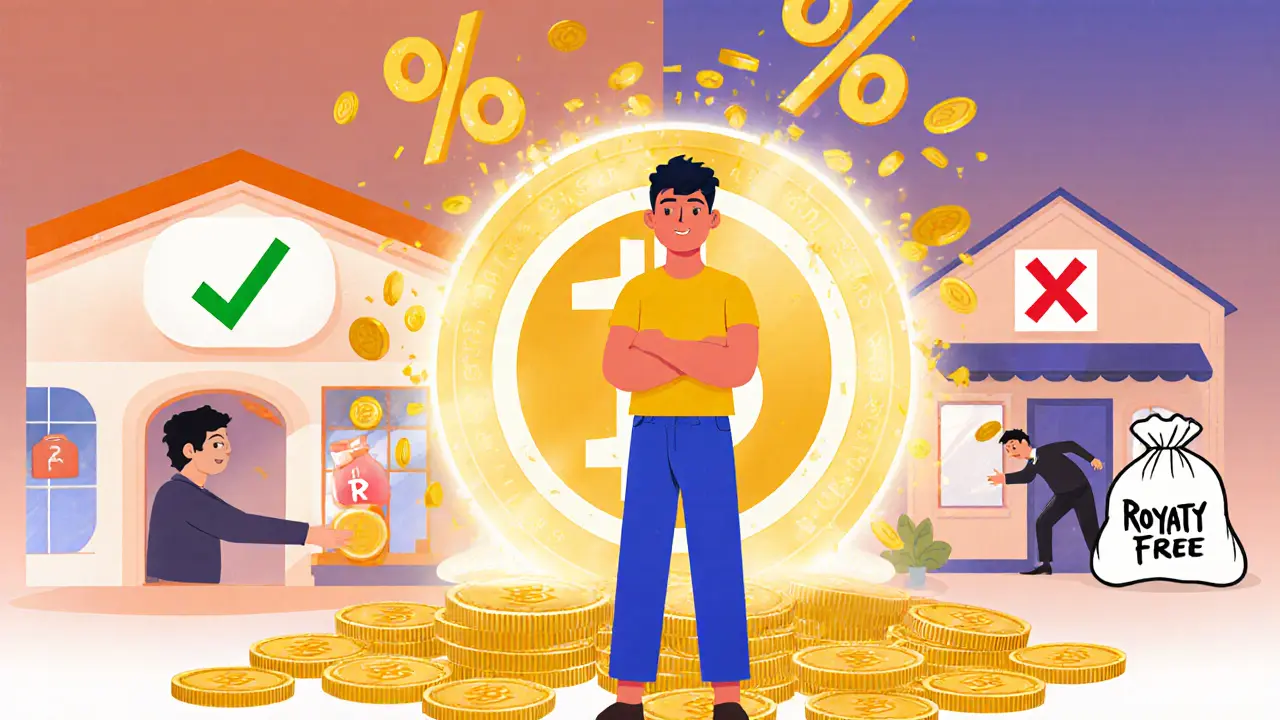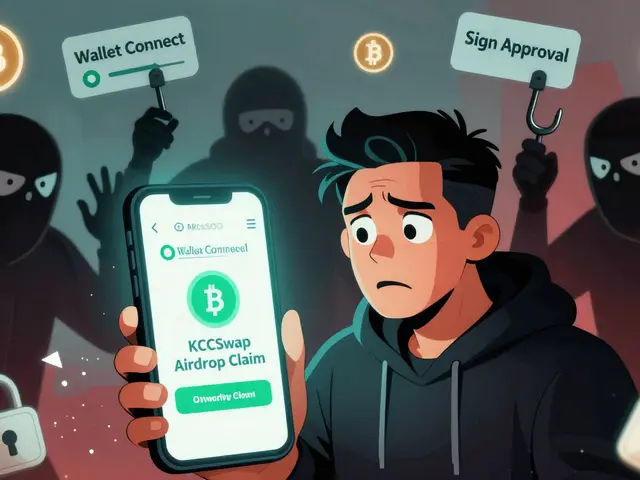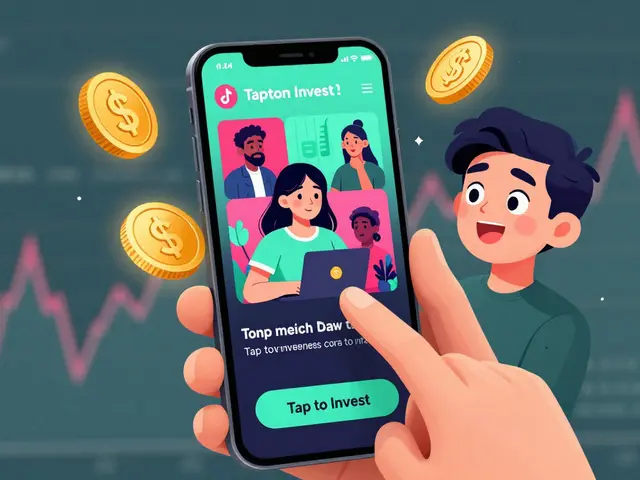NFT Marketplace: How to Buy, Sell, and Avoid Scams in 2025
When you hear NFT marketplace, a digital platform where people buy, sell, and trade unique non-fungible tokens tied to art, music, or virtual land. Also known as NFT trading platform, it’s where your digital ownership becomes real—whether you’re holding a pixelated ape or a virtual plot in Decentraland. Unlike regular online stores, these marketplaces don’t just list products—they prove you own something no one else can copy, thanks to blockchain records.
Most NFT marketplaces run on Ethereum, but others use Solana, Polygon, or Flow. You’ll need a crypto wallet, a digital key that lets you store, send, and receive NFTs and cryptocurrency. Also known as web3 wallet, it’s your passport to every NFT transaction. Without one, you can’t buy, sell, or even see your NFTs after purchase. Popular wallets like MetaMask and Phantom connect directly to marketplaces like OpenSea, Blur, and Magic Eden. But here’s the catch: if you lose your private key, your NFT is gone forever—no customer service can recover it.
Not all NFT marketplaces are created equal. Some are open to anyone, letting anyone mint and list anything. Others are curated, only allowing verified artists or projects. That’s why you’ll see so many low-quality NFTs flooding the scene—because anyone can upload a JPEG and call it art. That’s also why scams are common. Fake listings, rug pulls, and fake support accounts are everywhere. A real NFT marketplace will show you the contract address, transaction history, and seller reputation. If a deal looks too good to be true—like a $100 Bored Ape—it probably is.
The market has changed since 2022. Big names like CryptoPunks and Bored Apes still hold value, but most new NFTs never sell. The winners now are projects with utility—like NFTs that unlock real-world events, game items, or membership perks. Platforms like SuperRare and Foundation focus on art with proven creators. Others, like Blur, reward active traders with token airdrops. You’ll find both kinds in the posts below.
Some of the guides here break down how to claim NFTs from airdrops, how to check if a marketplace is legit, and what to do if you accidentally buy a fake. Others explain how to set up your wallet for the first time, or why gas fees keep rising on Ethereum. You’ll also see warnings about fake NFT drops that look real but steal your crypto. This isn’t hype. It’s what’s happening right now.
Whether you’re looking to sell your first digital sketch or trying to spot the next big NFT project, the real skill isn’t in buying—it’s in knowing when to walk away. The posts below give you the facts, not the fluff. No promises of riches. Just what works, what doesn’t, and how to stay safe while you explore.
NFT Marketplace Royalty Policies: How Creators Get Paid After the Sale
NFT royalties let creators earn from secondary sales, but not all marketplaces pay them. Learn how ERC-2981 works, why platforms like Blur ignore royalties, and what’s being done to fix it in 2025.





